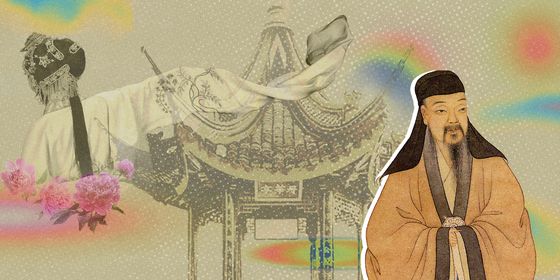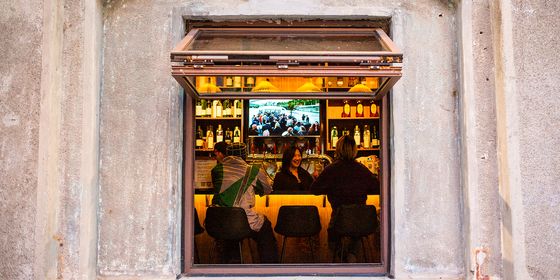The first time I went out to dinner with a Chinese family, I made sure to be completely prepared for all the food that I knew would come. I had a minimal lunch and taught myself a couple of phrases to politely turn down a few dishes. What I wasn’t prepared for was the booze, and it came very close to turning my very first Chinese full-immersion experience in a nightmare. There is, for some reason and in many paces in the West, a peculiar stereotype that binge drinking is by default a peculiarity of our culture alone. I started to think it over after my first 干杯 (gānbēi, cheers). However, attitudes in China towards drinking are changing, and not necessarily for the better.
Alcohol has be in Chinese history since the very dawn of time, inspiring poems and myths:
“One of the classic examples of the ceremonial use of alcohol is described in the famous story ‘Romance of the Three Kingdoms’. The three heroes in the epic tale, become blood brothers by drinking bowls of wine into which they have mixed drops of their own blood from cuts in their fingers! This was a symbol of faithfulness in those days.” Source
Alcohol has always been used in China’s ceremonies and banquets and is traditionally associated with happiness and lightness.
Intakes are surging, and while it furnishes us here at TWOC with stories likethe old Chongqing alcoholic who dialed police 1483 times a year just to have a talk, it also furnishes those in the alcohol industry with wads of cash.
“The male, female and total drinking rates were 84.1%, 29.3% and 59.5%, respectively. More than half of male drinkers and 90.0% of female drinkers used alcohol once a week or less. More than 16.1% of male drinkers and 2.5% of female drinkers drank once a day or more.” (Source)
According to a survey by Want China Times middle-class and urban China-dwellers suffer particularly badly from binge drinking.
As China continues its relentless growth and urbanization and incomes rise, a Chinese consumer segment is being attracted by premium spirits. Leisure time and more money to spend are resulting in the expansion of a previously unknown pub culture, with diverse high-priced drinks.
Urbanization and financial independence has also driven women, traditionally kept away from alcohol, to start consuming alcoholic beverages.
Drinking has become popular for any social occasion in the country’s main cities, even while alone or before eating.
Chinese tastes are changing hand in hand with their habits, as the market expands to include new players and new products.
Baijiu, however, is still the main companion at most banquets and ceremonies. It is still very much associated with manliness, for whatever reason.
However, baijiu is not the most popular alcoholic drink in China, at least not according to sales volume; that position actually belongs to beer, which has seen skyrocketing sales in recent years, making China both the world’s leading producer and consumer of beer. This was enough to push five Chinese brewed beers into the top ten most sold beers on earth. Chinese beers, notably with lower alcoholic content than much of the rest of the world, are a constant feature of KTV and dinners, and are often preferred to other more alcoholic beverages.
Apart from these more traditional markets, social changes are pushing new products into the Middle Kingdom. Though the many local baijiu producers eat up most of the spirits market, demand for premium whiskey, vodka, and brandy is steadily on the rise.
But, it is the demand for wine that has seen the most incredible boost, according to the China Business Review, fueled by drinking women and a fascination with the fashionable beverage, experts say the wine industry is booming. It also offers many opportunities for foreign producers, as foreign wine is more and more appreciated by Chinese people and widely recognized as a high quality and classy product.
In spite of this trend, China is not an alcoholic nation. Fig. 1 shows that its per capita intake, though growing exponentially, is still well below other countries.
Yet, recent developments have raised concerns, both domestically and internationally.
The World Health Organization (WHO) recently issued a report on Chinese drinking habits and alcohol related disorders and addictions are spreading fast. The report can be consulted here.
The government has also been weighing its options for how to cut down on alcohol consumption ever since lowering taxes on heavy drinks in 2001. It has expressed concern about lax banquets in its anti-corruption moves and on modern youth habits. WHO points out taxes are way too low on alcohol sale and imports, and urged the country to organize a proper public education campaign.










